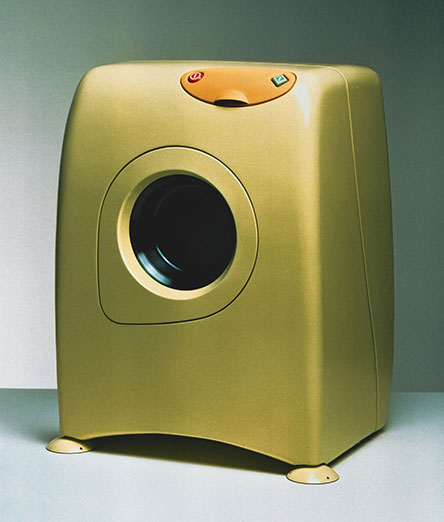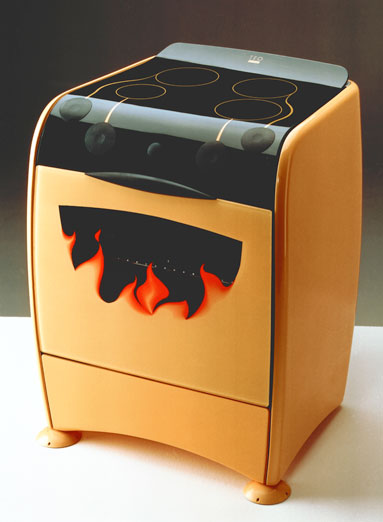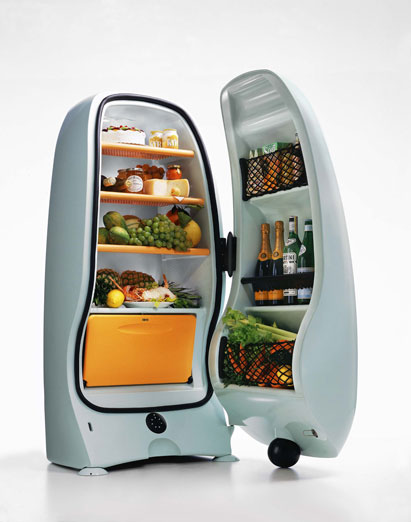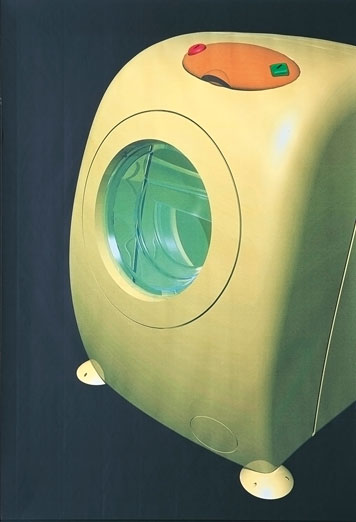Electrolux 1984 acquisition of Zanussi, a leading Italian appliances manufacturer, helped the Swedish company well on the way to becoming a world leader in major appliances. The two companies from Southern and Northern Europe complemented each other well, and Zanussi remains an important brand in several markets, for domestic as well as professional appliances.
The story of Zanussi started with a young blacksmith’s son, Antonio, from a village called Pordenone in the poor region of Friuli, who opened a small factory manufacturing cookers in 1916. His first cooker was a beautiful piece of craftsmanship under the name AZP (Antonio Zanussi Pordenone), which was installed on a factory floor the size of a one-bedroom apartment.
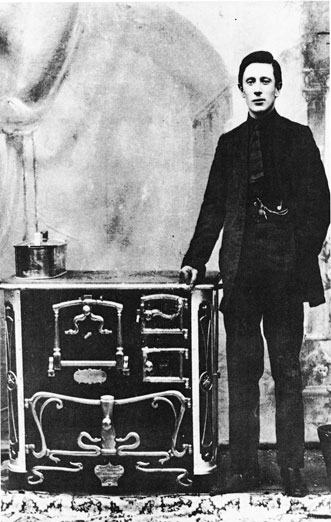
Antonio Zanussi, the founder of the company
Ten years later he had developed an entire product catalogue. In 1938, Zanussi was making 6,000 appliances a year, with the royal-sounding name Rex. The factory, which now had around 100 workers, had grown to 4,000 square meters.
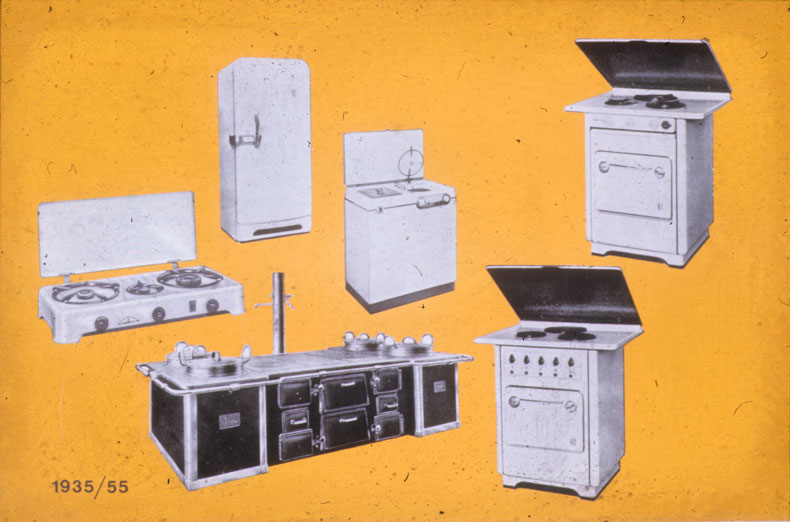
Zanussi developed a full range of products
In 1946 Antonio Zanussi died, and his death marked the end of an era. The management of the company passed to his two sons, Lino and Guido. The industrial abilities of these pioneering brothers, supported especially by the business and management acumen of Lino, led them to develop a carefully-planned business approach which transformed what began as a small local company into a major manufacturing industry.
In 1952, the brothers went on a trip to the US, and Lino realized that to survive and be competitive in the future was to create integrated and effective manufacturing systems, American style. The cooker production was growing fast but the brothers were still looking for new products.
In 1954, they started making compressor refrigerators under license with a new design by Paolo Gaudenzi. Zanussi had found its winning strategy just as the industrial wonder of Italy really hit, with product advertising on television and the launch of the popular Fiat 500 car. During the course of the same year, the plant of Porcia was established. Lino used the extensive area of land to build a plant with a covered production area of 5,000 square meters in which 700 employees operated to meet the growing demand for appliances.
On 18 June 1968, Lino Zanussi and other key members of the company’s management, all lost their lives when their aeroplane crashed in Spain. In a single blow, Zanussi lost its leader at an especially delicate moment for the company and a dramatic period in Italy’s social and industrial history.
1970 was a decisive year for the company. Zanussi bought F. Zoppas SpA, Italy’s second largest manufacturer of electrical, household and catering appliances. Dating back to 1951, the Zoppas Grandi Cucine division allowed the company to enter the professional market. In the late 1960s, Zoppas began mass production of professional kitchen equipment, manufacturing large cookers compatible with all types of gas.
Zanussi’s Zoppas Grandi Cucine brand was also responsible for the production of the first convection ovens, introduced in the 1970s. These ovens provided significant increases in productivity and food quality.
After a number of years of financial difficulties however, Zanussi was running at a loss and its stock market value started to plummet. While the company continued to increase its market shares in major appliances to 30% in Italy and internationally, its owners started looking for a partner that would consider maintaining operations in Italy. Electrolux was the obvious choice.
The acquisition of Zanussi in 1984 reinforced the position of Electrolux in Europe in terms of both markets and product range, just as they had hoped. Zanussi also came with large-scale compressor manufacturing, of which the new Electrolux was using millions. Together with Zanussi, Electrolux was also able to become a world-leading manufacturer of professional kitchen products.
Browse through product designs by Roberto Pezzetta
Another important addition was Zanussi’s Head of Design, Roberto Pezzetta, who became an important figure at Electrolux. Famed for using humor, charm and color in his designs, white, clinical, box-shaped devices were nothing for Pezzetta.


